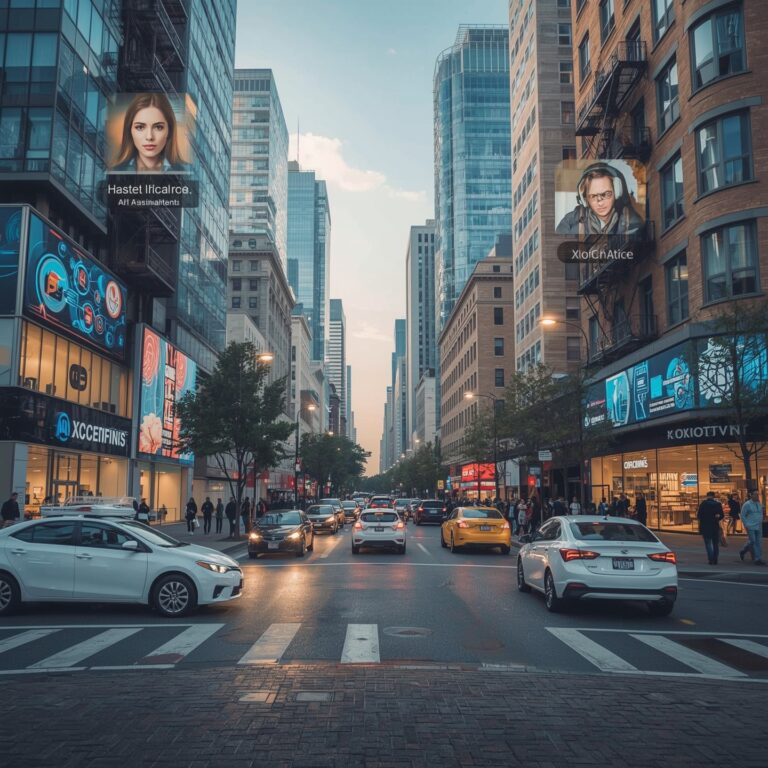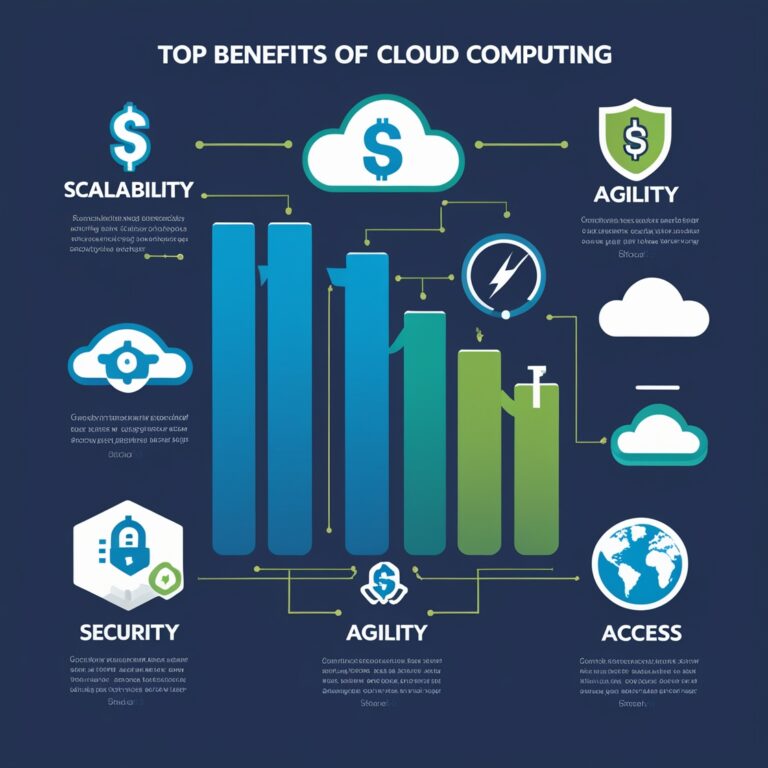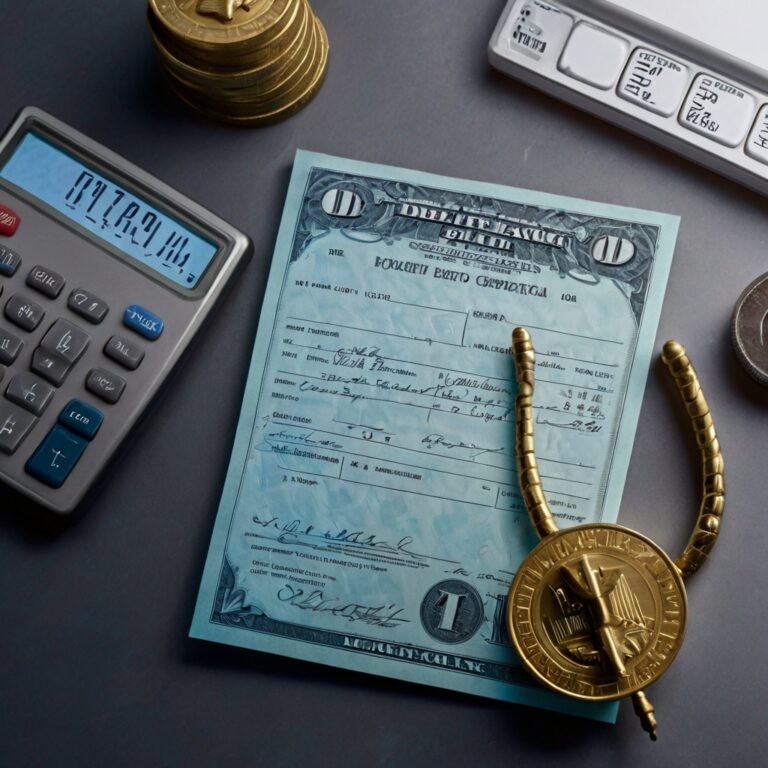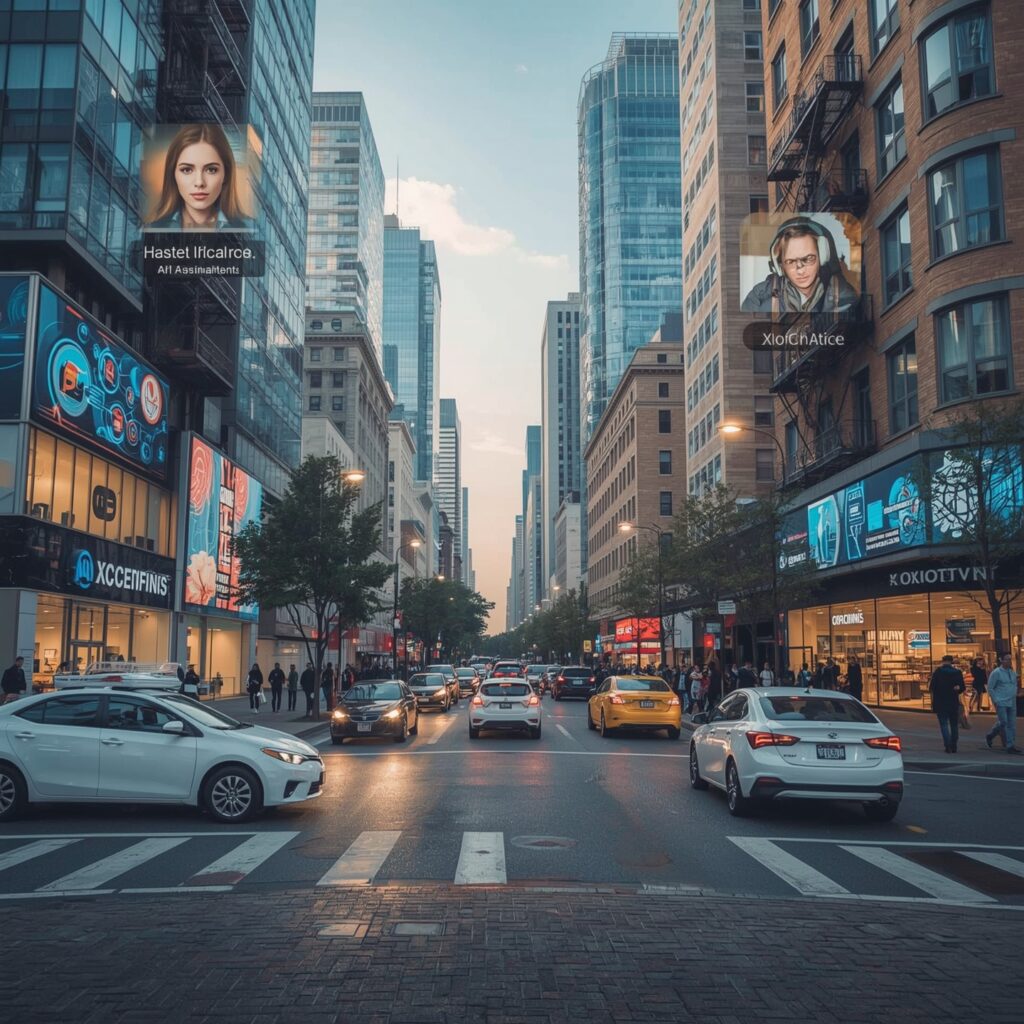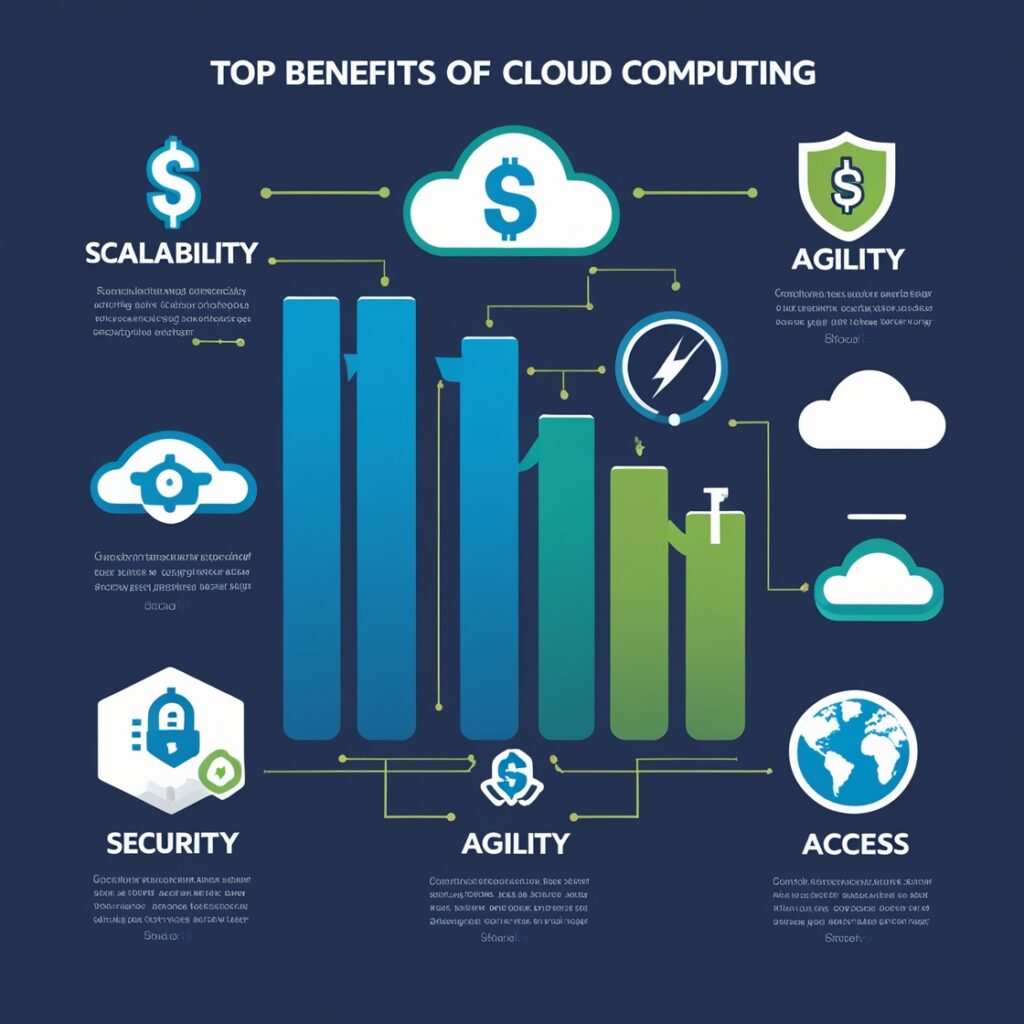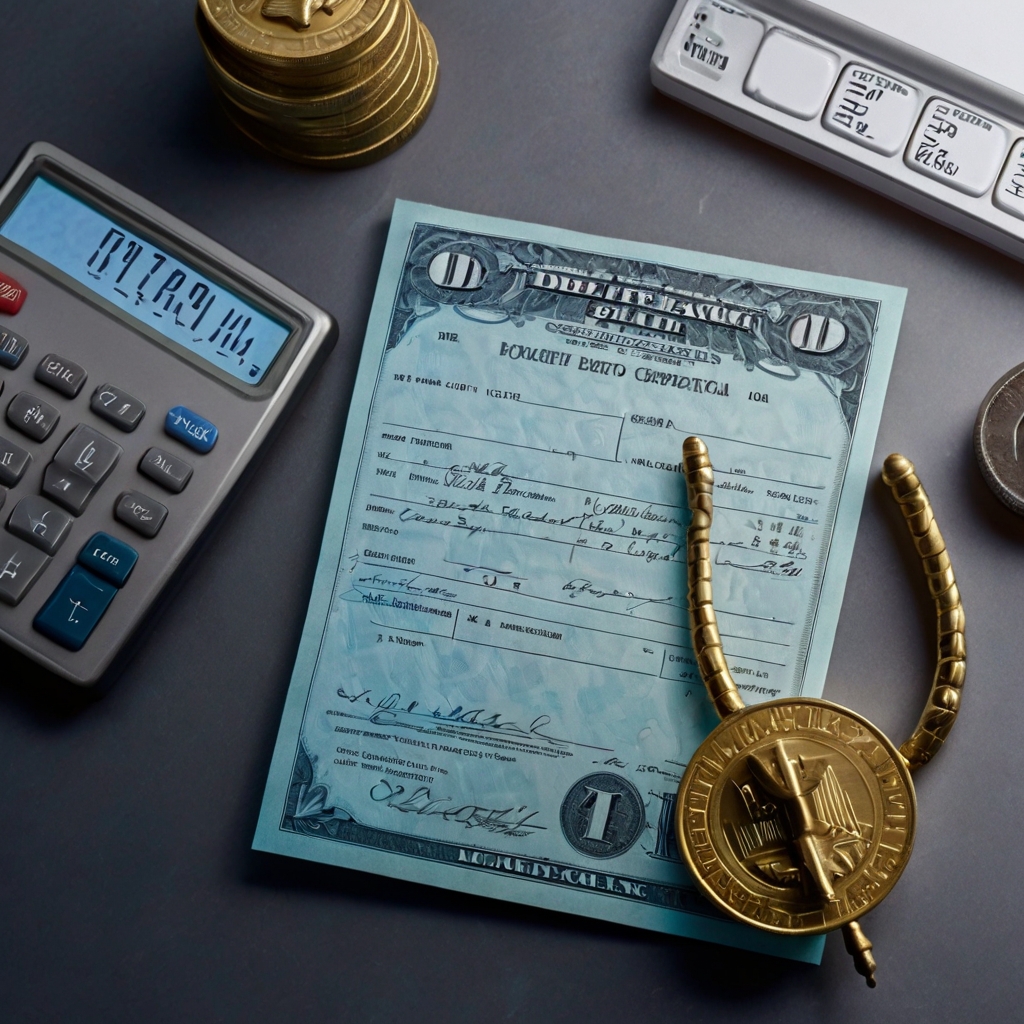The Devastating Effects of Climate Change in the United States
Climate change is no longer a distant threat—it’s a crisis unfolding right now. From wildfires tearing through California to rising sea levels creeping along the East Coast, the United States is already facing the harsh reality of our changing climate. While some still think of it as a future problem, the truth is that it’s hitting home faster and harder than many ever expected.
In this guide, we’ll explore the most urgent climate change effects in the U.S., who is most impacted, and what actions we can take—individually and nationally—to respond.
Rising Temperatures Are Reshaping Life
Across the U.S., record-breaking heat has become the new normal. Cities like Phoenix and Houston are baking under longer, more intense heatwaves. According to NOAA, the last decade was the hottest in recorded history.
This extreme heat doesn’t just make summers uncomfortable—it’s life-threatening. More people are being hospitalized for heat stroke, and air conditioning demands are soaring. Farmers are also feeling the strain, especially in the Midwest, where crops are wilting under relentless sun. Urban heat islands—neighborhoods with little shade and lots of concrete—are hit hardest, often in low-income and minority communities.
Natural Disasters Are Growing in Strength and Frequency
From hurricanes slamming into the Gulf Coast to wildfires raging across the West, climate change is making natural disasters more powerful and more frequent.
Warmer ocean temperatures fuel stronger hurricanes, like the multiple Category 4 and 5 storms that devastated U.S. coastlines in 2023 and 2024. In California and Oregon, wildfire seasons are starting earlier and burning longer. Meanwhile, places like Louisiana and New Jersey are facing unprecedented flooding due to heavier rainfall and rising sea levels.
These disasters are costing billions of dollars and countless lives—and they’re only getting worse.
Rising Seas Are Swallowing the Coast
Coastal cities like Miami, Charleston, and New Orleans are already dealing with the effects of rising sea levels. Streets flood on sunny days, homes are at risk, and vital infrastructure—like sewer systems and roads—is under constant threat.
Saltwater is also creeping into freshwater supplies, making clean drinking water harder to secure. Scientists estimate that by 2050, over six million Americans could face chronic flooding if bold action isn’t taken.
Food Security Is at Risk
Climate change is disrupting the food systems Americans depend on. Droughts and extreme heat are slashing crop yields, while changing rainfall patterns make planting and harvesting more unpredictable. Warmer temperatures are also giving pests and plant diseases a wider range, threatening staple crops like corn, wheat, and soybeans.
As a result, food prices may rise, supply chains may break, and food insecurity could grow—even in one of the world’s richest nations.
Wildlife and Ecosystems Are Disappearing
The natural world isn’t immune to climate change. Coral reefs off Florida’s coast are bleaching due to warm waters. Bird and fish migration patterns are shifting. Forests are changing as some species move north or disappear altogether.
This loss of biodiversity isn’t just an environmental issue—it’s a human one. Healthy ecosystems help purify our air and water, support pollination, and regulate the climate. As nature falters, we all feel the impact.
Climate Change Is a Public Health Emergency
The health risks tied to climate change are real and growing. Poor air quality from wildfires worsens asthma and respiratory problems. Rising temperatures increase the risk of heat-related illnesses, especially among the elderly and vulnerable. Warmer climates are also expanding the reach of diseases like Lyme disease and West Nile virus.
Mental health is affected too. People dealing with disasters, displacement, or financial loss from climate-related events face rising anxiety, depression, and trauma.
Not Everyone Is Affected Equally
Although climate change touches every part of the country, some people suffer more than others. Low-income families often lack the resources to evacuate or rebuild after disasters. Indigenous tribes are losing ancestral lands. Farmers face unpredictable growing conditions. Coastal communities face billion-dollar threats to infrastructure.
Environmental justice is a crucial part of the climate conversation. Those who contribute least to the problem—often marginalized communities—are paying the highest price.
What Can We Do?
On a national level:
-
Invest in clean, renewable energy like solar, wind, and geothermal.
-
Enforce stricter emissions standards to reduce pollution.
-
Upgrade infrastructure to withstand extreme weather.
-
Fund climate adaptation programs for the most vulnerable populations.
On a personal level:
-
Lower your carbon footprint by driving less, conserving energy, and eating more plant-based foods.
-
Support companies and brands committed to sustainability.
-
Speak up—vote for leaders and policies that prioritize climate action.
Final Thoughts: We Still Have Time to Act
The effects of climate change in the U.S. are already unfolding. Wildfires, hurricanes, rising seas, and record heat are disrupting lives, harming ecosystems, and threatening the future we leave behind.
But we’re not powerless. By taking bold action—both individually and collectively—we can slow the damage and build a more resilient future. Every choice we make matters. Every degree we prevent saves lives.
The time to act is now—because the cost of doing nothing is far too high.

